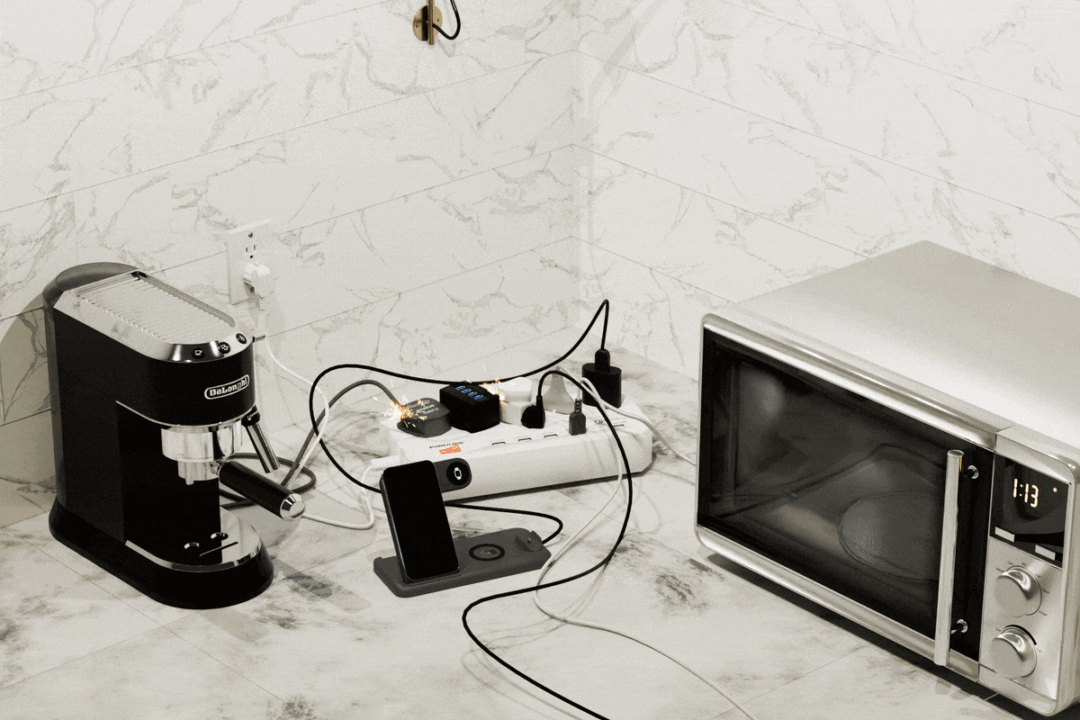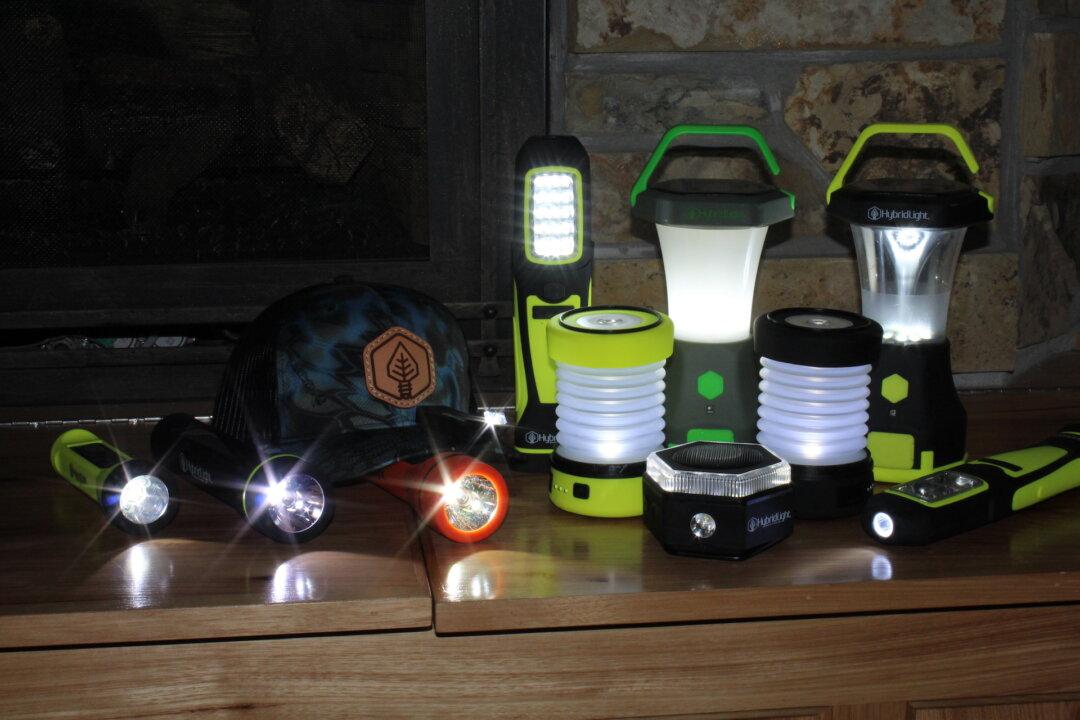Endless months of social distancing have affected the ability of family and friends to enjoy get-togethers at restaurants, movies, concerts, or other entertainment venues, leaving many feeling isolated. Here’s one solution: boats allow small groups to safely enjoy each other’s company while offering fresh air and sunshine.
Most bowrider or center console pleasure boats under 21 feet in size are easy to operate while safely and comfortably accommodating four to six people. An express cruiser featuring more seating areas, as well as an enclosed cabin with a bathroom and kitchen (the “head” and the “galley”), may be more appropriate for larger families or groups, or for extended and overnight cruising.






